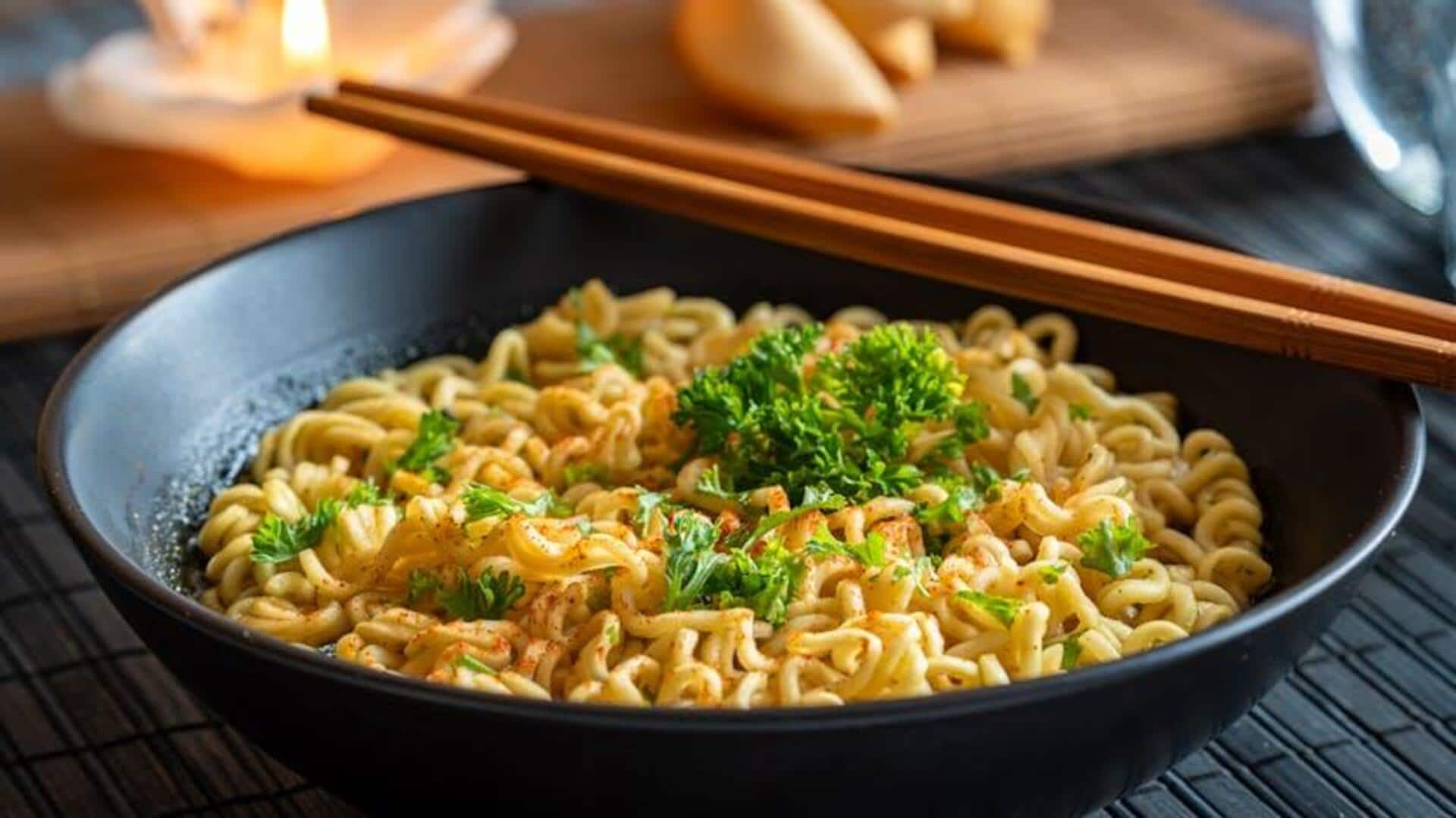
Tracing the journey of Japan's beloved udon noodles
What's the story
Udon noodles, a staple of Japanese cuisine, have a rich history that dates back centuries. These thick wheat flour noodles are known for their chewy texture and versatility in various dishes. From humble beginnings, udon has evolved into a beloved ingredient used in countless recipes across Japan and beyond. Its journey reflects cultural exchanges and culinary innovations that have shaped its place in global cuisine.
#1
Origins of udon noodles
The history of udon dates back to the ninth century when it was first introduced to Japan by Buddhist monks returning from China. Initially called kake, these noodles were simple and unadorned. Over time, they evolved into the udon we know today. The name udon was first recorded in texts during the Kamakura period (1185-1333), marking a significant milestone in its development.
#2
Regional variations across Japan
Udon noodles differ from region to region in Japan, each with its own unique characteristics and preparation methods. In Kagawa Prefecture, for example, udon is served cold with a dipping sauce known as tsuyu. In Osaka, a thicker broth called kakejiru is used to serve hot udon dishes. These regional variations highlight how local ingredients and tastes have influenced this beloved noodle dish.
#3
Udon's role in Japanese culture
Udon has a special place in Japanese culture, being a part of traditional ceremonies and festivals. It is often eaten on New Year's Day as a symbol of longevity and prosperity. The noodle's versatility also makes it popular among all age groups, from kids to the elderly, who appreciate its comforting texture and mild flavor profile.
#4
Modern adaptations worldwide
With globalization, udon has found its way into international kitchens where chefs experiment with fusion recipes combining elements from different cuisines. From stir-fries to salads or even desserts like ice cream sundaes topped with crushed udon noodles—these modern adaptations showcase the adaptability of this classic ingredient beyond traditional boundaries, while preserving its essence as an enduring culinary favorite worldwide.